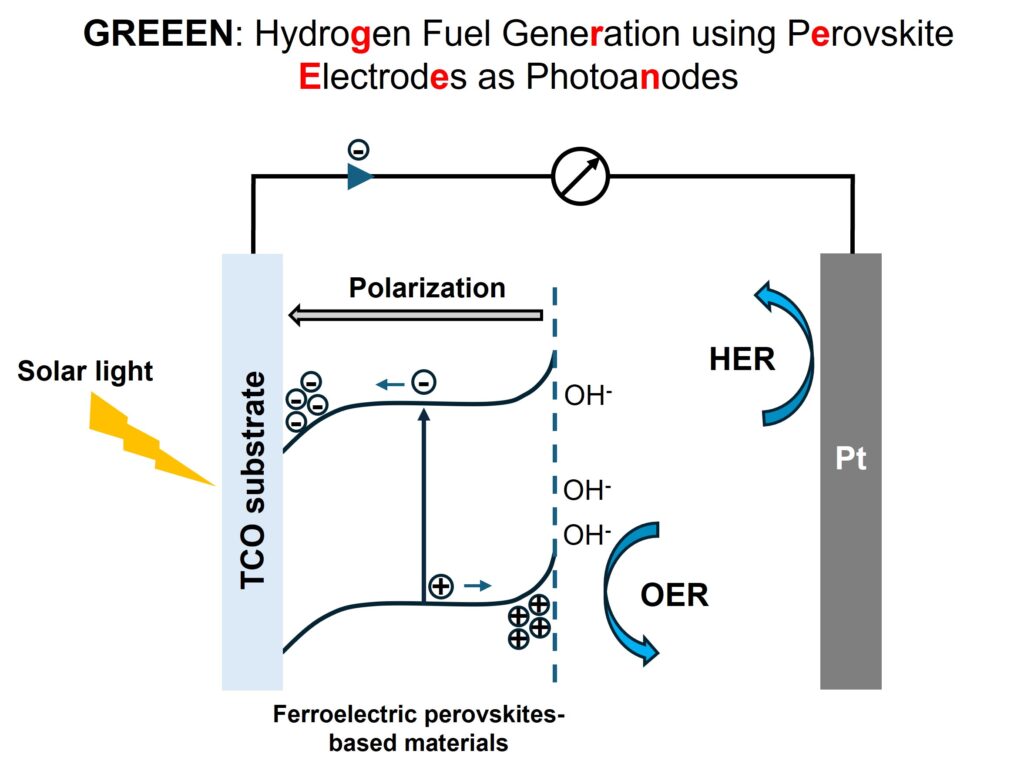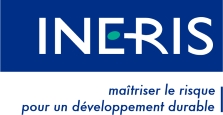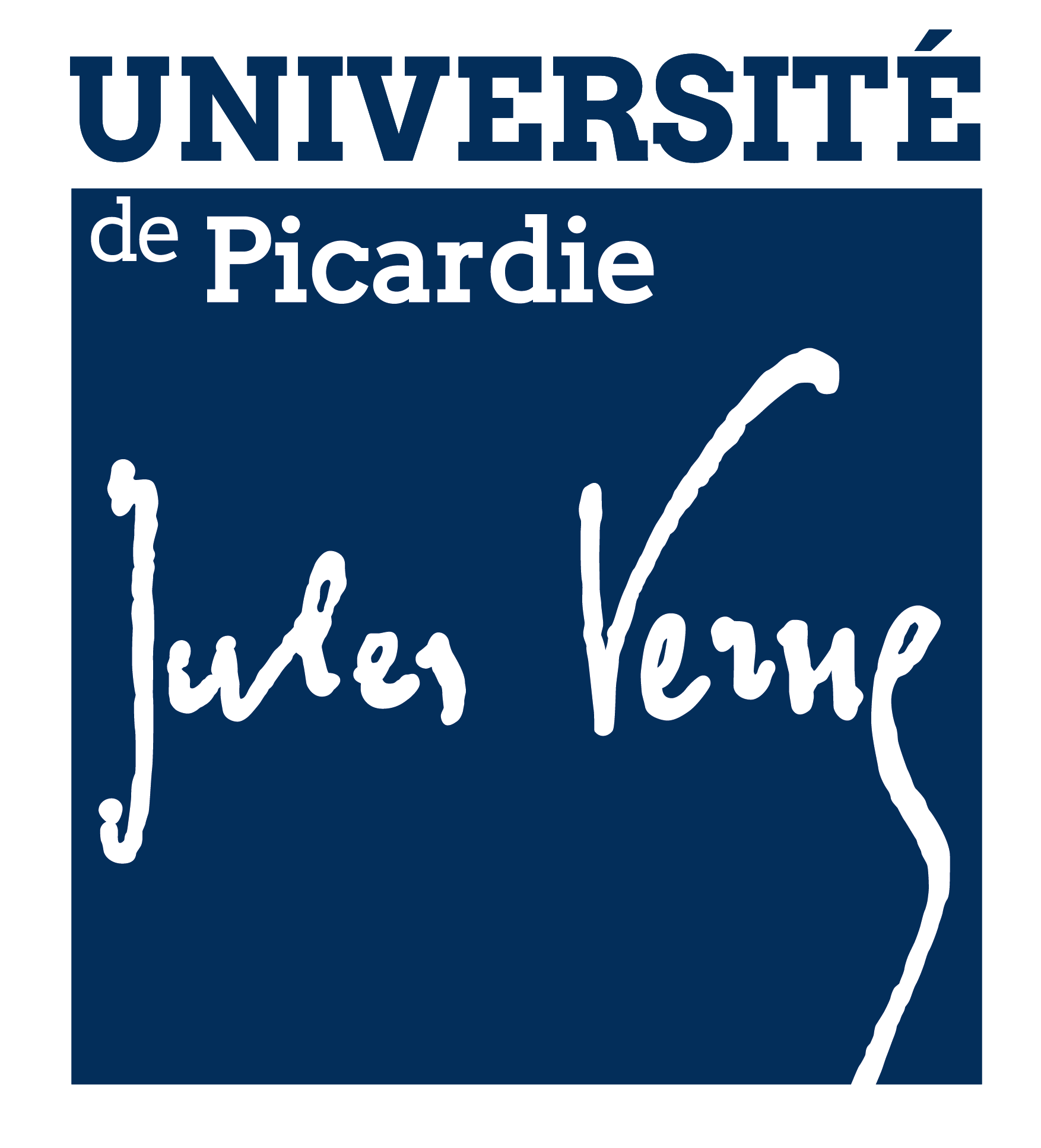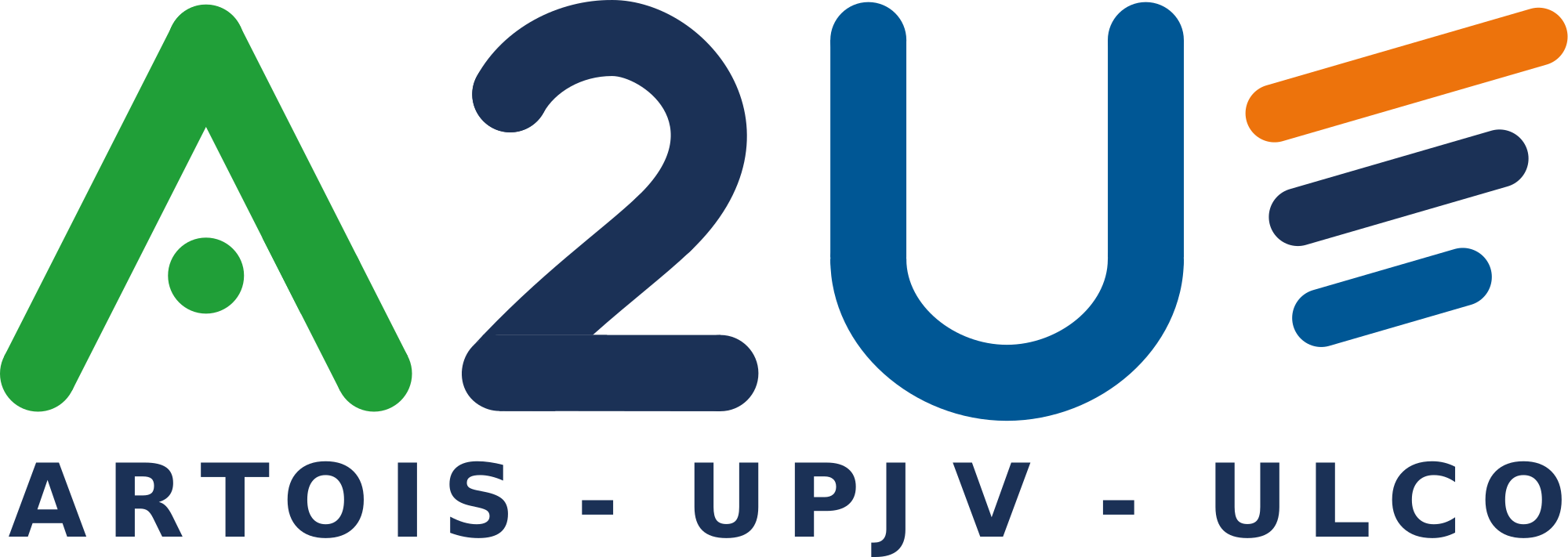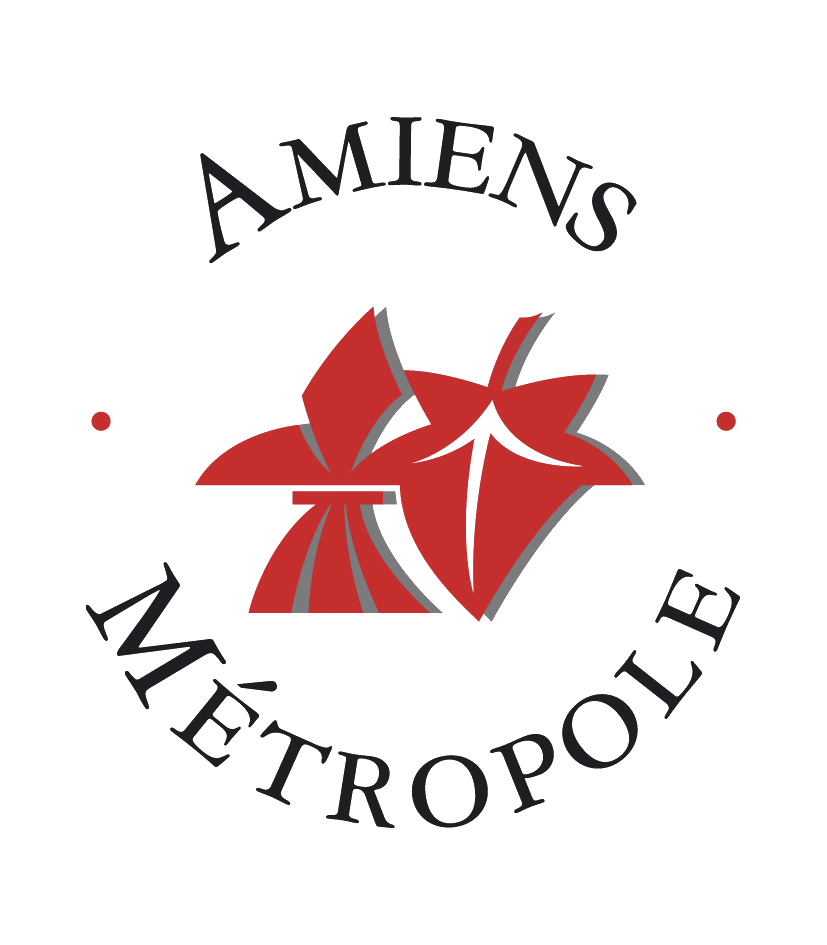Hydrogen Fuel Generation using Perovskite Electrodes as Photoanodes
The GREEEN project aims to develop technologies enabling a water-splitting system to produce green hydrogen utilizing solar energy. By surpassing the band gap limitation of current systems based on semiconductors, we propose to develop photoanodes made of oxide perovskites. These materials benefit from both their capability to create hole-electron pairs at the appropriate energy levels, similar to current semiconductor technologies, and their remanent polarization due to their ferroelectric properties, acting as a driving force for higher carrier mobility.Our solution is based on cost-effective and scalable processing techniques such as spray pyrolysis, targeting the production of storable hydrogen energy at lower costs and higher yields. Additionally, our proposed technology could overcome the significant challenge of harvesting intermittent solar energy, as it will be converted into storable hydrogen energy. Our promising solar-to-fuel conversion method is based on the photo-electro-synthesis of hydrogen fuel directly from water, including wastewater. To achieve this, nanoengineered materials made of multifunctional photoelectrodes/catalysts are intended to compete with conventional photocatalysis, which currently limits the energy conversion efficiency of water splitting and the interest of the hydrogen industry. Precisely, the ambition of GREEEN project is to utilize transition metal oxides perovskite as photoanodes. These materials possess a tunable band gap and a built-in charge separator, along with charges transport induced by their intrinsic remanent polarization. This polarization, stemming from their ferroelectric behavior, will be triggered and driven by an external generator made of renewable energy sources.
